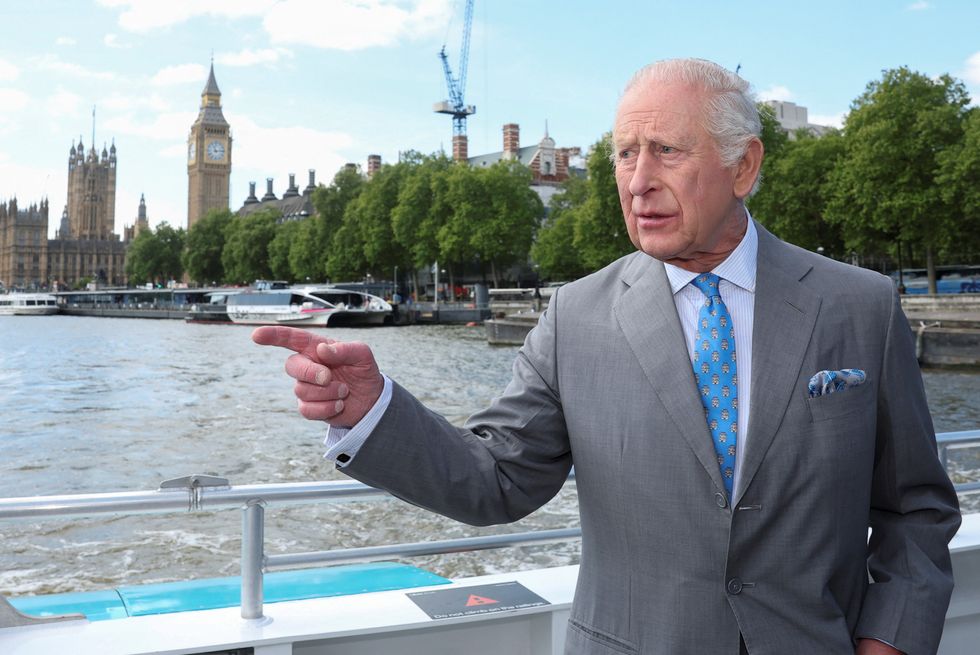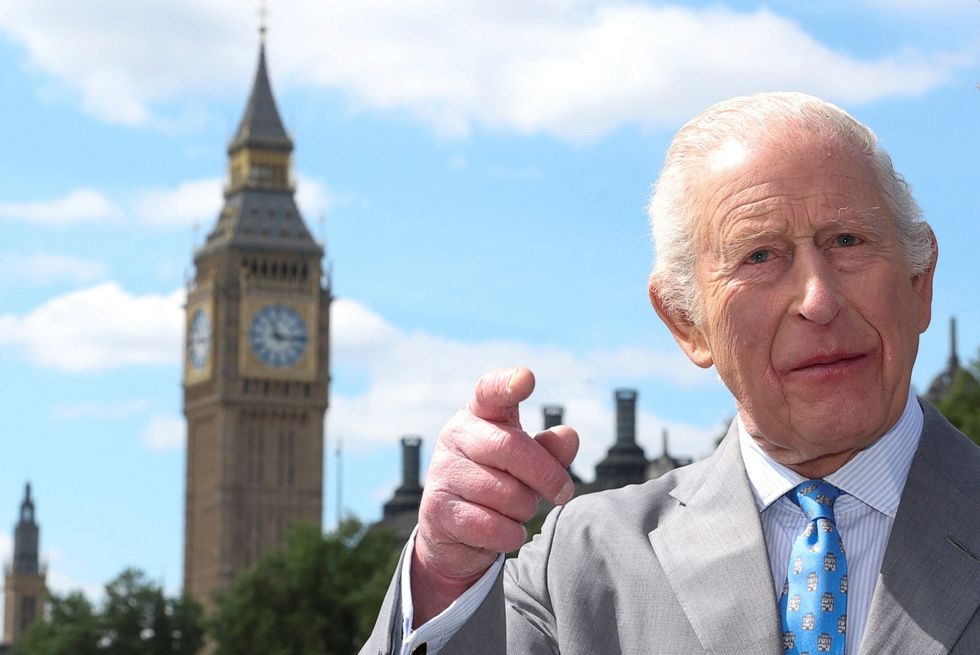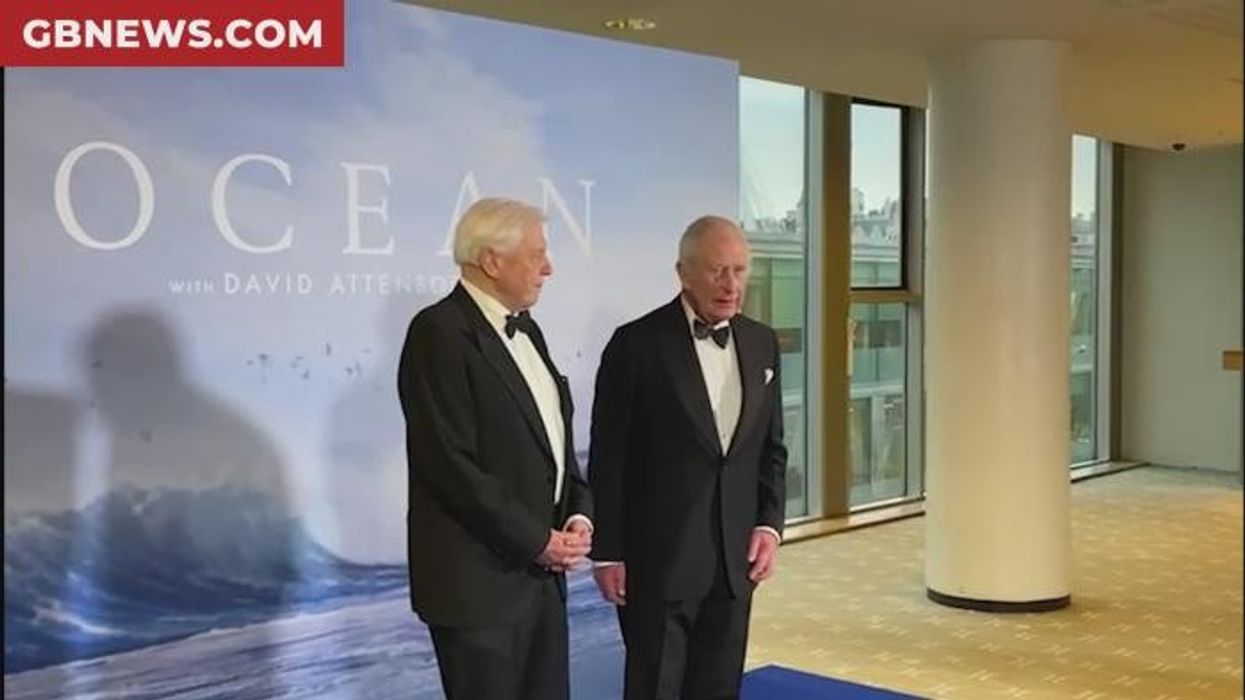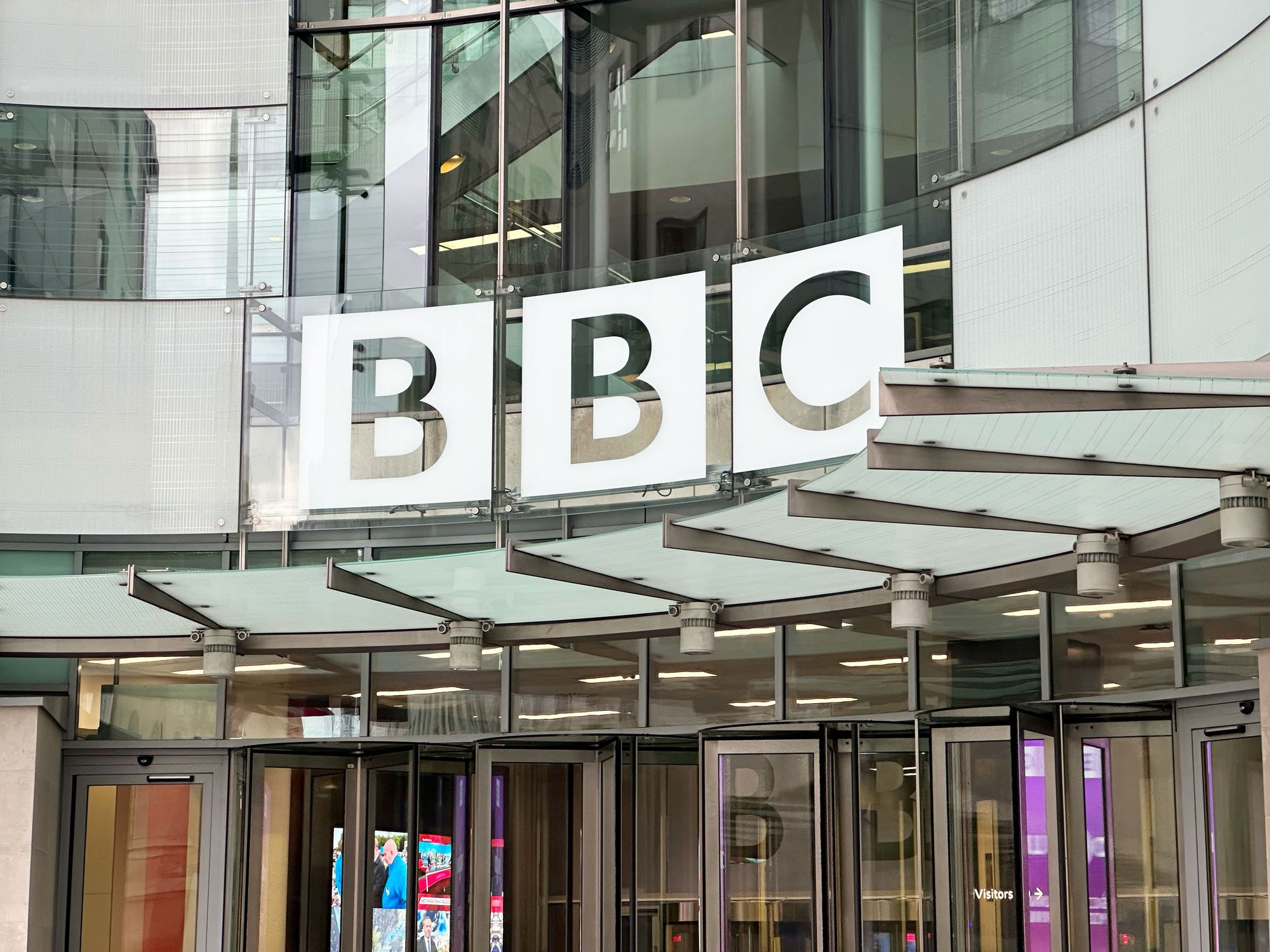King Charles steps out in London to mark completion of major project after ten years of construction

The Thames Tideway Tunnel has been switched on to protect the River Thames from sewage pollution
Don't Miss
Most Read
King Charles has officially marked the completion of London's 'super sewer', the Thames Tideway Tunnel, following ten years of construction.
The King travelled to the project via a hybrid Thames Clippers vessel, the Mars Clipper, showcasing sustainable river transport initiatives.
During the ten-minute journey on the River Thames, the King heard about the positive environmental impact of the hybrid vessel.
The Mars Clipper operates on battery power in Central London, recharging whilst continuing its journey outside this zone.

King Charles has officially marked the completion of London's 'super sewer', the Thames Tideway Tunnel, following ten years of construction.
|PA
Thames Clippers will add the UK's first electric-powered, zero emission passenger ferry to its fleet later this year.
The Thames Tideway Tunnel, known as London's 'super sewer', has been switched on to protect the River Thames from sewage pollution.
The new 25km long sewer runs under the Thames through central London.
It is designed to prevent sewage pollution, improve water quality and support London's growth for generations to come.
The King heard an overview of the new system and the long-term project journey from officials, including the Secretary of State for Environment, Steve Reed.
His Majesty viewed the technology in action, seeing a live tracker displaying the tonnage of sewage captured by the tunnel.

The King travelled to the project via a hybrid Thames Clippers vessel, the Mars Clipper, showcasing sustainable river transport initiatives.
|PA
The system has already captured more than six million tonnes of storm sewage.
During his visit, the King learned about the biodiversity and social benefits of the sewage system in a planted walkway featuring 71 trees and 3,000 plants.
Cleaner water will provide a better environment for species to live in and thrive, supporting the 125 different types of fish in the Thames.
The improved water quality will also create a healthier environment for recreational activities such as rowing, kayaking and paddleboarding.
The King spoke to poet Dorothea Smartt, whose poetry about the Thames is printed on ventilation columns that allow the tunnel 'to breathe'.
The new 'Bazalgette Embankment', built by Tideway, reflects the history of London's original sewerage network created by Sir Joseph Bazalgette.
LATEST ROYAL NEWS:
Along the riverwalk, with a backdrop of the City of London, the King spoke to the Chief Executive and Project Manager of the Blackfriars site.
His Majesty was then introduced to a team of construction workers who contributed to the massive infrastructure project.
More than 25,000 people have been involved in the construction across 24 individual sites, from Acton in West London to Stratford in East London.
The King concluded his visit by unveiling a plaque to officially mark the completion of the Thames Tideway Tunnel.
The ceremony represented the culmination of a decade-long engineering project that will transform London's relationship with its historic river.
LATEST ROYAL NEWS:
The Thames Tideway Tunnel construction began in 2016, following planning permission being granted in 2014.
The tunnel stretches 25km in length with a diameter of 7.2m.
It has the capacity to store 1.6 million cubic metres of wastewater, equivalent to 640 Olympic swimming pools.
London's original sewerage system, while still in workable condition, has struggled to cope with the twin challenges of population growth and climate change.
Rainfall regularly overwhelms the existing system, causing it to discharge into the Thames.
The new super sewer addresses these challenges, ensuring the capital's waste management infrastructure is fit for the future.











